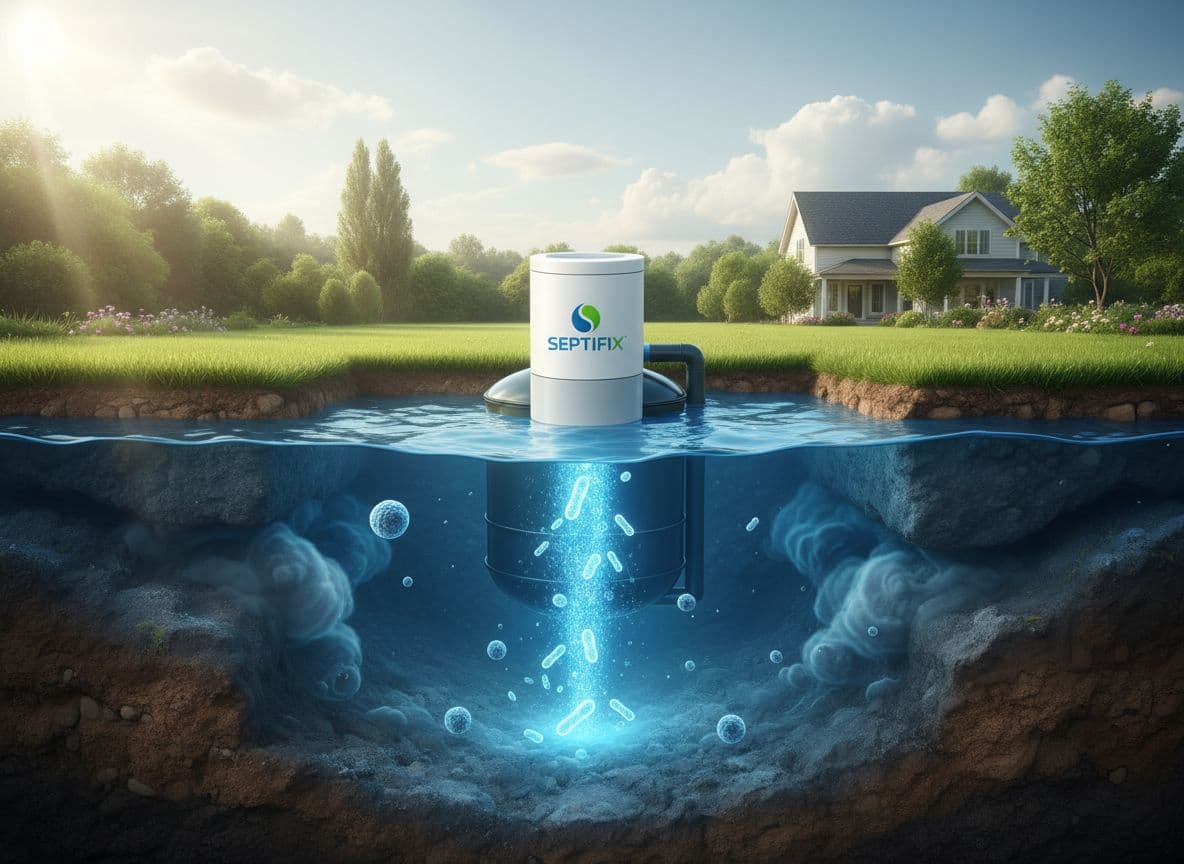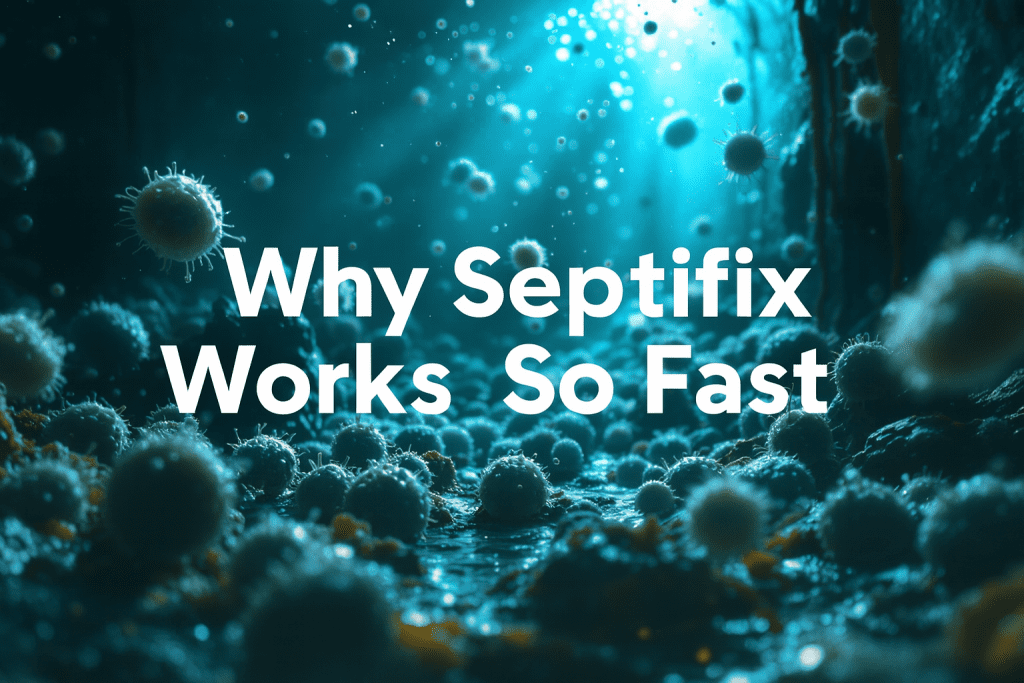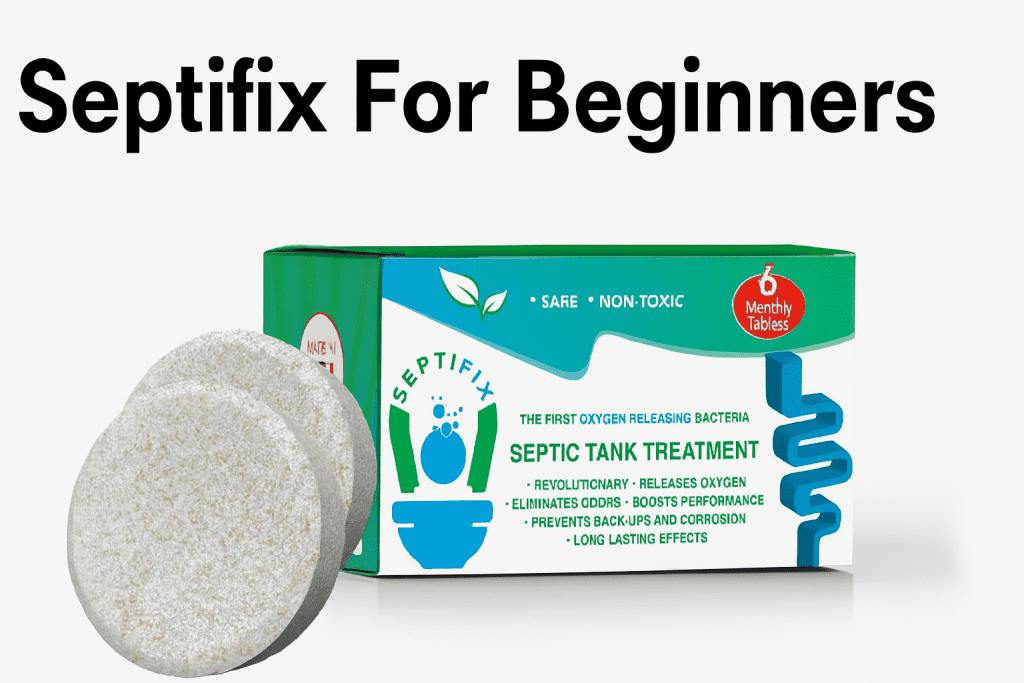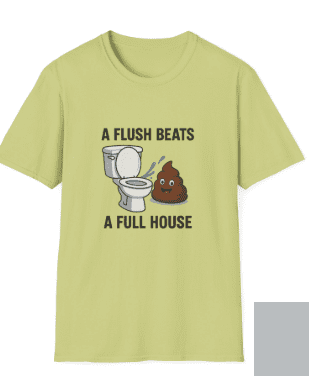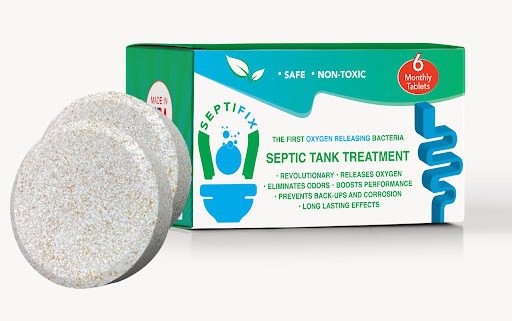How Septic Systems Protect Groundwater from Pollution
Learn practical steps for Preventing Groundwater Pollution with Septifix, from safe septic care to simple habits that protect wells, soils, and local streams.
A healthy septic system quietly treats your home’s wastewater right on site.
Solids settle in the tank, where anaerobic digestion by helpful bacteria breaks down waste, and the effluent filters through soil for final polishing.
This natural process shields local aquifers that many families rely on for drinking water.
Keeping your system in good condition reduces leaks and overflows.
Using Septifix tablets can support the bacteria that do the heavy lifting, which helps the tank run smoothly.
For a quick overview of risks when systems fail, see the US EPA on septic system impacts.
Understanding how protection works makes regular care a no-brainer.
Common Ways Septic System Failures Contaminate Water
When a septic system fails, it can release raw wastewater into the ground. Pathogens like E. coli and noroviruses are the first concern.
They can trigger stomach illness and more if they reach a drinking well. Slow sinks and gurgling toilets often point to early trouble in the lines.
Next come excess nutrients, mainly nitrogen and phosphates.
These act like runaway fertilizer, fueling algae blooms that rob water of oxygen and hurt fish.
Watch for wet spots, soggy soil, or pooling above the soil, which suggests effluent is not soaking in.
Household chemicals from bleach, solvents, pesticides, and medications add another layer of risk.
Many break down slowly and can harm wildlife or taint wells. Foul odors or unusually lush, dark green grass near the system are common red flags. Spot problems early and keep maintenance on schedule.
Regular care, supported by Septifix, helps prevent pollution and keeps groundwater safe.
Spotting Problems Early: Signs Your Septic System Needs Attention
Small septic problems grow fast, so early signs matter—especially in a conventional system where the septic tank handles routine wastewater quietly.
Think of your septic tank like a quiet teammate that likes routine and balance. When something feels off, you usually see clues around the house or yard.
Catching those clues protects groundwater, keeps repairs affordable, and helps Septifix do its best work as part of your care plan.
Watch for simple warning signs you can spot without tools:
- Slow drains or gurgling pipes after showers or laundry.
- Sewage smells indoors or outdoors that do not fade.
- Pooling water or soggy spots over the leach field, even in dry weather.
- Toilet bubbling when other fixtures run, like the washing machine.
- Lush, dark green grass only above the septic drain field or tank.
- Backups in the lowest drain, often a basement shower or utility sink.
If you are unsure, compare your symptoms with these common signs your septic tank is full. For ongoing care, see Septifix for beginners to understand safe use and simple dosing.
Curious about the biology at work? Learn how aerobic bacteria in septic tanks support healthy treatment and reduce odors.
What to Do If You Notice These Issues
Call a licensed septic professional for an inspection as soon as you see warning signs.
Stop using extra water until they arrive. Skip DIY fixes that promise quick results.
Home chemicals, drain cleaners, trenching, or roots invading can push leaks deeper or damage the drainfield.
Do not open the tank yourself. Toxic gases can build inside. Keep vehicles, heavy gear, and pets off wet areas.
Mark any soggy spots so the technician can find them quickly. Note what you see, when it started, and any new noises or smells.
If you use a private well, ask about testing for coliform bacteria and nitrates.
If runoff pools on soil, consider basic soil checks for contamination around the wet area. Septifix supports ongoing maintenance, but it is not an emergency repair.
Get the system assessed first, then follow the care plan your pro recommends.
Essential Maintenance Tips to Keep Your Septic Healthy and Groundwater Safe
A little routine care keeps your septic system calm, quiet, and protective of local water.
Think of it like a compost bin that never wants to overflow. You keep waste moving, support the right microbes, and avoid surprises.
Simple habits, plus balanced dosing with Septifix, help your tank treat wastewater well and keep groundwater clean.
The Benefits of Regular Pumping and Inspections
Pumping removes the heavy solids that settle at the bottom of the septic tank, forming a layer known as sludge, along with the scum that floats on top.
If those solids build up, they can wash into the drainfield and clog it, disrupting the percolation process where soil accepts and treats the liquid effluent.
That clogging raises the risk of wastewater surfacing in the yard or sneaking into groundwater.
Regular inspections and pumping prevent this chain reaction.
Most homes do well with a professional inspection of the septic tank every 1 to 3 years.
Pumping frequency depends on tank size, household size, and water use. A service provider uses a vacuum truck to safely remove the accumulated sludge and other solids, making maintenance more straightforward and cost-effective in the long run.
Routine service costs less than replacing a drainfield or fixing a well contamination issue. It also protects your property value and the local environment.
Use Septifix between service visits to support the natural bacteria that break down waste.
Good biology helps, but it never replaces pumping. For a quick refresher on why maintenance pays off, see these practical notes on the benefits of regular septic tank pumping.
Prevent the clog, protect the soil, and keep your water safe.
Check out our Compost Charm Clothing Store!
Eco-Friendly Add-Ons for Better Septic Performance
Want to cut stress on your tank while living greener? Two simple upgrades help a lot.
First, consider a composting toilet for part or all of your home’s toilets. It uses little to no water and turns human waste into compostable material when managed correctly.
That means far less load on your septic and fewer pumping visits over time. If you are curious about builds and safe setup, explore this hands-on guide to DIY composting toilets.
Second, divert graywater from sinks, showers, and laundry to a garden-friendly system where local rules allow. This sends cleanable water to plants or soil treatment, and keeps your septic focused on blackwater.
Off-grid homes benefit most, but suburban households see gains too—especially if paired with an aerobic system that introduces oxygen to enhance bacterial breakdown.
Less flow means a longer drainfield life and a lower chance of backups.
New to composting at home? Get your bearings with these beginner-friendly steps for starting composting at home, then scale up with care.
Pair smart add-ons with regular inspections, mindful water use, and Septifix, and your system will run smoother for years.
Key takeaways:
- Pump every few years to remove solids and avoid drainfield clogs.
- Schedule inspections every 1 to 3 years to catch issues early.
- Composting toilets and graywater diversion reduce septic load.
- Septifix supports healthy bacteria, but it does not replace pumping.
- Small habits today protect groundwater and save money later.
Conclusion
Healthy septic care keeps groundwater clean, homes safe, and budgets steady. Regular inspections, timely pumping, and mindful water use stop leaks before they start, while Septifix supports the hardworking bacteria that keep your septic tank balanced.
Pair those habits with simple eco upgrades like composting toilets, graywater diversion, or even a chamber system where allowed, and you reduce strain on the septic system and the planet.
Unlike a municipal sewerage system, your onsite sewage facility thrives on these personal efforts, especially if it includes modern plastic tanks.
The payoff is clear water, fewer breakdowns, and a home that quietly does the right thing every day.
Take a small step now. Book your next inspection, set a pumping reminder, and review your household habits for water and chemical use—keep grease and other contaminants out of your drains to avoid buildup of fecal sludge.
If you are curious about waste reduction, start a compost routine and keep harsh cleaners out of your septic system.
Ready for a quick win?
Check your yard for soggy spots, listen for gurgles, and give your system a calm week of lighter water use.
Clean groundwater starts with simple choices at home, and yours can make a real difference.
Key takeaways:
- Septifix helps maintain a healthy bacterial balance, but it does not replace pumping.
- Routine inspections and pumping prevent clogs and protect the drainfield.
- Composting toilets and graywater diversion reduce septic load and save water.
- Watch for early warning signs like slow drains, odors, and wet patches.
- Small, steady habits protect your well, your yard, and your local aquifer.

